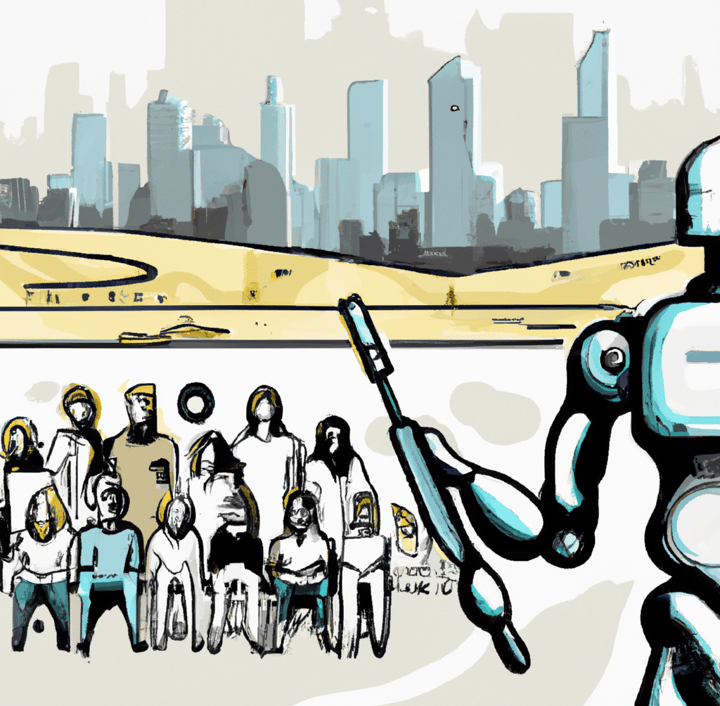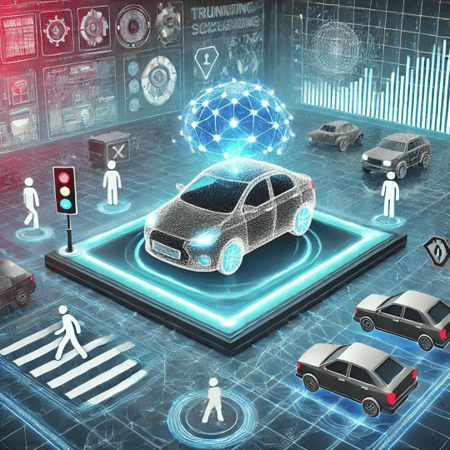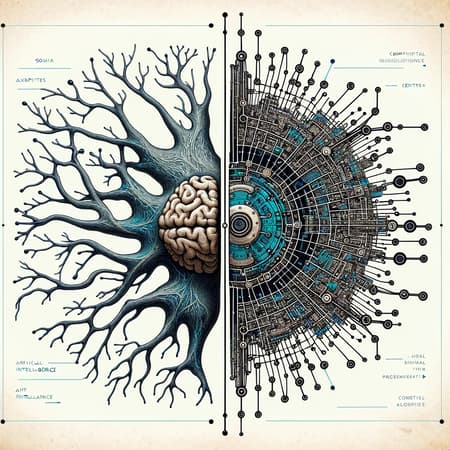A new Environment
Every day the attack surface of an organisation is changing and most likely growing. In the current 5g enabled world, edge computing is becoming cheaper and more powerful allowing users to work from anywhere. AI, as well as gaining traction within the network perimeter is also moving out from the servers behind an organisations firewall to the chips embedded in the devices on the edge. Combine that with the cultural changes in a post covid world and the impact of remote working, and we have a very dynamic environment that poses a challenge for traditional cyber controls, but also for those responsible. An environment where petabytes of both traditional and AI enhanced data are transferred across private and public networks, creates a daunting landscape for cybersecurity professionals.
This data rich world is now even more accessible to cyber criminals as new AI-enabled strategies facilitated by open-source tooling become available to them. Using AI, a new generation AI enhanced attacks ranging from brute-force password attacks which can defeat captcha to social engineering attacks can now be automated at scale, powered by deep learning and big data. Given that challenge how is the modern CISO, IT manager or cybersecurity professional meant to keep up?
The answer they must adapt and adopt the new tools that are becoming available. AI enabled tools that can identify patterns and behaviours that traditional rules may not and recognise the attacks that even a seasoned professional may not spot in time.












